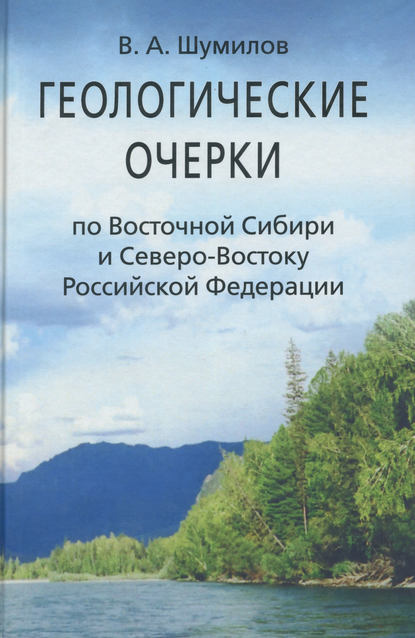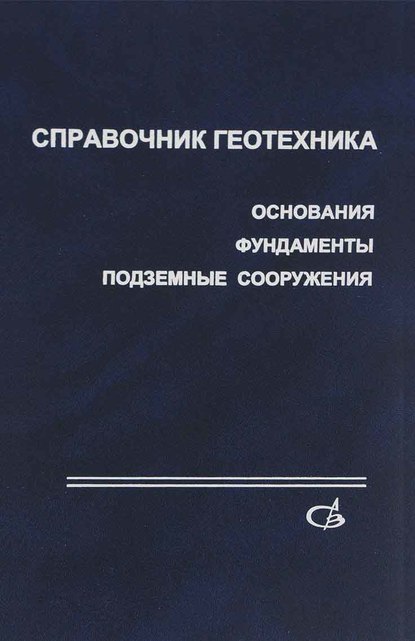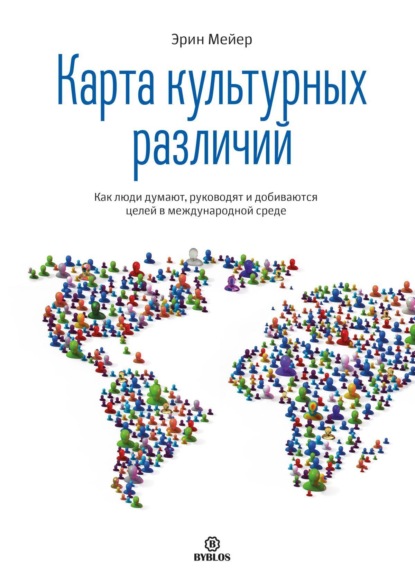Книга "Tools in Fluvial Geomorphology" посвящена изучению биофизических процессов, происходящих в реках, и формированию отложений и ландшафтов в результате этих процессов. Это интердисциплинарная дисциплина, основанная на геологии, географии и речной инженерии, и имеющая сильные связи с смежными областями, такими как экология, инженерия и ландшафтная архитектура. Книга представляет собой обзор инструментов, применяемых в изучении флювиальной геоморфологии, и содержит полезные рекомендации для выбора методов исследования. Она охватывает различные подходы и инструменты, используемые для вопросов реставрации и управления реками.
Второе издание книги было полностью обновлено в 2019 году экспертами в их областях, и включает в себя новые методы, которые революционизировали флювиальную геоморфологию в последние десятилетия, такие как физическое и численное моделирование, дистанционное зондирование и ГИС, новые методы в полевых исследованиях, прогресс в датировании, отслеживании и источниках, статистические подходы, а также более традиционные методы, такие как системный подход, стратиграфический анализ, характеристика формы и потока и исторический анализ.
Книга охватывает пять основных типов геоморфологических вопросов и связанные с ними инструменты: исторический подход; пространственный подход; химические, физические и биологические методы; анализ процессов и форм; и перспективы понимания. Книга предоставляет руководство по преимуществам и ограничениям различных инструментов для различных приложений, иллюстрируя их применение на примерах. Она является важным ресурсом для исследователей и профессиональных геоморфологов, гидрологов, геологов, инженеров, планировщиков и экологов, занимающихся управлением, сохранением и восстановлением рек. Книга также может быть использована в качестве дополнительного учебника для студентов старших курсов бакалавриата и магистратуры по географии, геологии, экологии, гражданскому и экологическому инженерному делу и междисциплинарным курсам по управлению и восстановлению рек.
This book comprises various tools used for studying fluvial phenomena and associated sedimentation patterns, providing guidelines for this work.An interdisciplinary approach has been devised to satisfy the needs of those working in the different related disciplines.The book is intended for the use of professionals undertaking work in the field of river restoration and management who may find guidance regarding resources available for tackling the various research problems posed. Evolutions since the prior edition have been thoroughly incorporated by authors specialists in particular fields. Readers will find news and reliable tools that emerged in the past couple of decades especially in numerical modelling. In addition, there have been significant enhancements in field technologies, dating methodology, probabilistic approaches and traditional methods like historical research. Multiple types of questions involving specific tools are presented defining the main benchmark, basis, spatial framework, chemical, physical, biological and process analysis together with future perspectives. Studies are also included to demonstrate the applicability of these tools to particular situations making the assemblage a complete and cohesive reference for researchers from across a range of fields, including geological, geographical, hydrological, environmental and systems engineering.
Электронная Книга «Tools in Fluvial Geomorphology» написана автором Hervé Piégay в году.
Минимальный возраст читателя: 0
Язык: Английский
ISBN: 9781118648568
Описание книги от Hervé Piégay
Fluvial Geomorphology studies the biophysical processes acting in rivers, and the sediment patterns and landforms resulting from them. It is a discipline of synthesis, with roots in geology, geography, and river engineering, and with strong interactions with allied fields such as ecology, engineering and landscape architecture. This book comprehensively reviews tools used in fluvial geomorphology, at a level suitable to guide the selection of research methods for a given question. Presenting an integrated approach to the interdisciplinary nature of the subject, it provides guidance for researchers and professionals on the tools available to answer questions on river restoration and management. Thoroughly updated since the first edition in 2003 by experts in their subfields, the book presents state-of-the-art tools that have revolutionized fluvial geomorphology in recent decades, such as physical and numerical modelling, remote sensing and GIS, new field techniques, advances in dating, tracking and sourcing, statistical approaches as well as more traditional methods such as the systems framework, stratigraphic analysis, form and flow characterisation and historical analysis. This book: Covers five main types of geomorphological questions and their associated tools: historical framework; spatial framework; chemical, physical and biological methods; analysis of processes and forms; and future understanding framework. Provides guidance on advantages and limitations of different tools for different applications, data sources, equipment and supplies needed, and case studies illustrating their application in an integrated perspective. It is an essential resource for researchers and professional geomorphologists, hydrologists, geologists, engineers, planners, and ecologists concerned with river management, conservation and restoration. It is a useful supplementary textbook for upper level undergraduate and graduate courses in Geography, Geology, Environmental Science, Civil and Environmental Engineering, and interdisciplinary courses in river management and restoration.



















